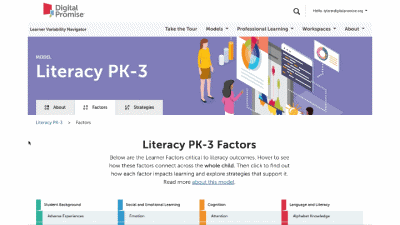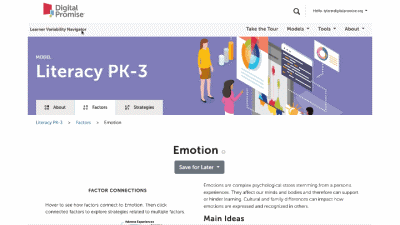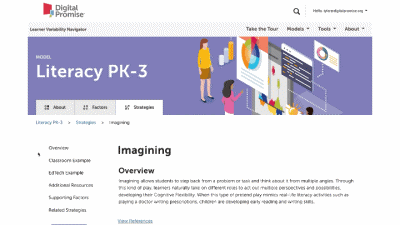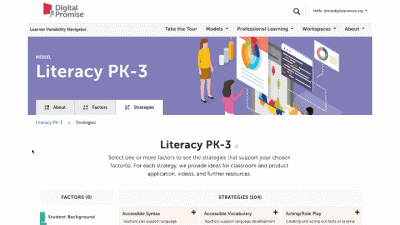Quiet Classroom/Pockets of Quiet
Overview
Decreasing extra audio input provides a focused learning environment. Creating pockets of quiet in a classroom also supports students who struggle with Auditory Processing and Sensory Integration.
Example: Use This Strategy In in the Classroom
Design It into Your Product
Videos are chosen as examples of strategies in action. These choices are not endorsements of the products or evidence of use of research to develop the feature.
Learn how Too Noisy Pro allows students to self-monitor the noise level in the classroom. With the noise meter and changes in graphics, students can visually observe the volume level in the classroom and adjust accordingly.
Factors Supported by this Strategy
More Physical Space Strategies
Having space where students can go supports Self-regulation and individual deliberate practice.
Providing ways for students to adjust sound level supports individual auditory needs.
Providing ways for students to meet their individual temperature needs supports focus and Self-regulation.
Spaces that are structured, organized, and clean provide increased room for collaboration and active learning.








